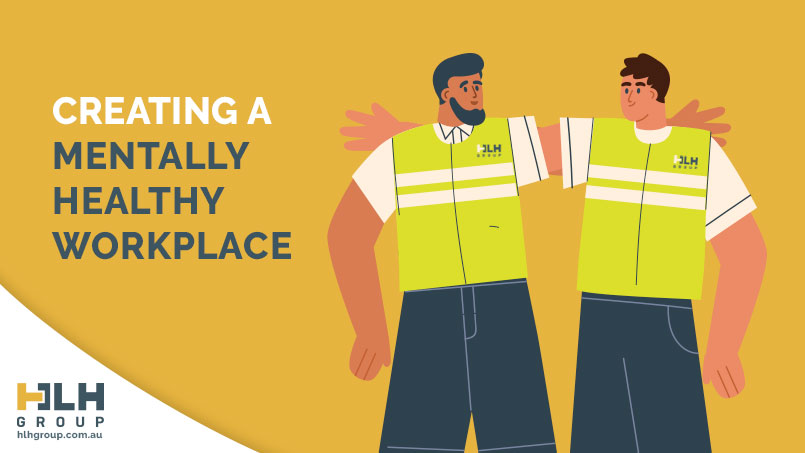Mental Health in the Construction Industry
Mental ill health is a serious problem in construction, with statistics showing that construction workers are six times more likely to die from suicide than from an accident at work. Unsurprisingly, mental health in the construction industry costs Australian businesses that ignore mental illness in the workplace nearly $11 billion annually. If these businesses invested a single gold coin towards programs that assisted in awareness of mental health in the workplace, they would experience a return of more than double what they spent.
Employer Responsibilities Under WHS
Employers have responsibilities under work health and safety laws to ensure workplace psycho-social safety. You don’t have to be an expert to address mental health at work, or to talk with workers about mental health.
Quick Links:
https://www.nsw.gov.au/mental-health-at-work/legal-obligations-and-rights
https://www.nsw.gov.au/mental-health-at-work/free-training-and-coaching
https://www.nsw.gov.au/mental-health-at-work/mental-health-at-work-resources/research
Knowing where to start, or what to do next, can sometimes seem unclear. Use this practical, step-by-step guide to create a mentally healthy workplace.
The 6 Pillars of Support
1. Reducing Stigma – Talking about mental ill health with someone who has lived through it is one of the best ways to address and reduce the stigma surrounding mental illness. Organisations that specialise in mentally healthy workplace training will often be able to provide peer workers to work with staff. Peer workers are people who have lived with mental ill health who will talk about their experience as well as describe evidence-based statistics that normalise the condition.
2. Increasing Awareness – Discussion on areas such as work health and safety, discrimination, privacy and self-care in relation to the person’s role is crucial in fostering openness within the workplace. Helping people to be comfortable talking about mental health should be a priority for an organisation. Including this awareness in staff, induction is a great way to start this process.
3. Making a Commitment – Develop and share a collaborative Action Plan that aims to improve the mental well-being of staff. Include progress points and a focus on the specific benefits for your employees, business, and the community. This type of Action Plan should be part of a commitment that ensures everyone in an organisation is part of creating a mentally healthy workplace.
4. Supporting Employees – 1 in 4 people have experienced depression or anxiety, which means that you more than likely work alongside people living with mental ill health. Employees with mental health conditions must have the support they need to stay at or return to work. Employers can do this by accessing Workplace Rehabilitation services through an accredited provider in their local area.
5. Building Skills and Confidence – Provide tools and resources for workers to check in with themselves and manage their own well-being. Employees and managers should also have the confidence to approach someone they may be concerned about and have access to the right training and resources to manage these conversations.
6. Education on Workplace Bullying – Organisations need to provide examples of workplace bullying and evidence-based statistics on consequences. Senior employees should be educated on how to mentor more vulnerable workers such as apprentices and new staff.
Mental Health At Work Conclusion
The Australian construction Industry has made significant progress in addressing mental health and suicide prevention, yet clearly more is needed, especially in the wake of new global challenges. With over 1.1 million people employed by the Australian construction industry, making up around 8% of the nation’s GDP, the physical health and safety of industry workers are of utmost importance.
By supporting and promoting good mental health, you will ensure higher workplace morale, and high-efficiency work and increase confidence and enjoyability at work. You will create a diverse workplace, encourage openness, and even help someone who wasn’t aware they needed help. The previously mentioned statistics are shocking and confronting, but the more we talk about them, the more we can effect positive change.
